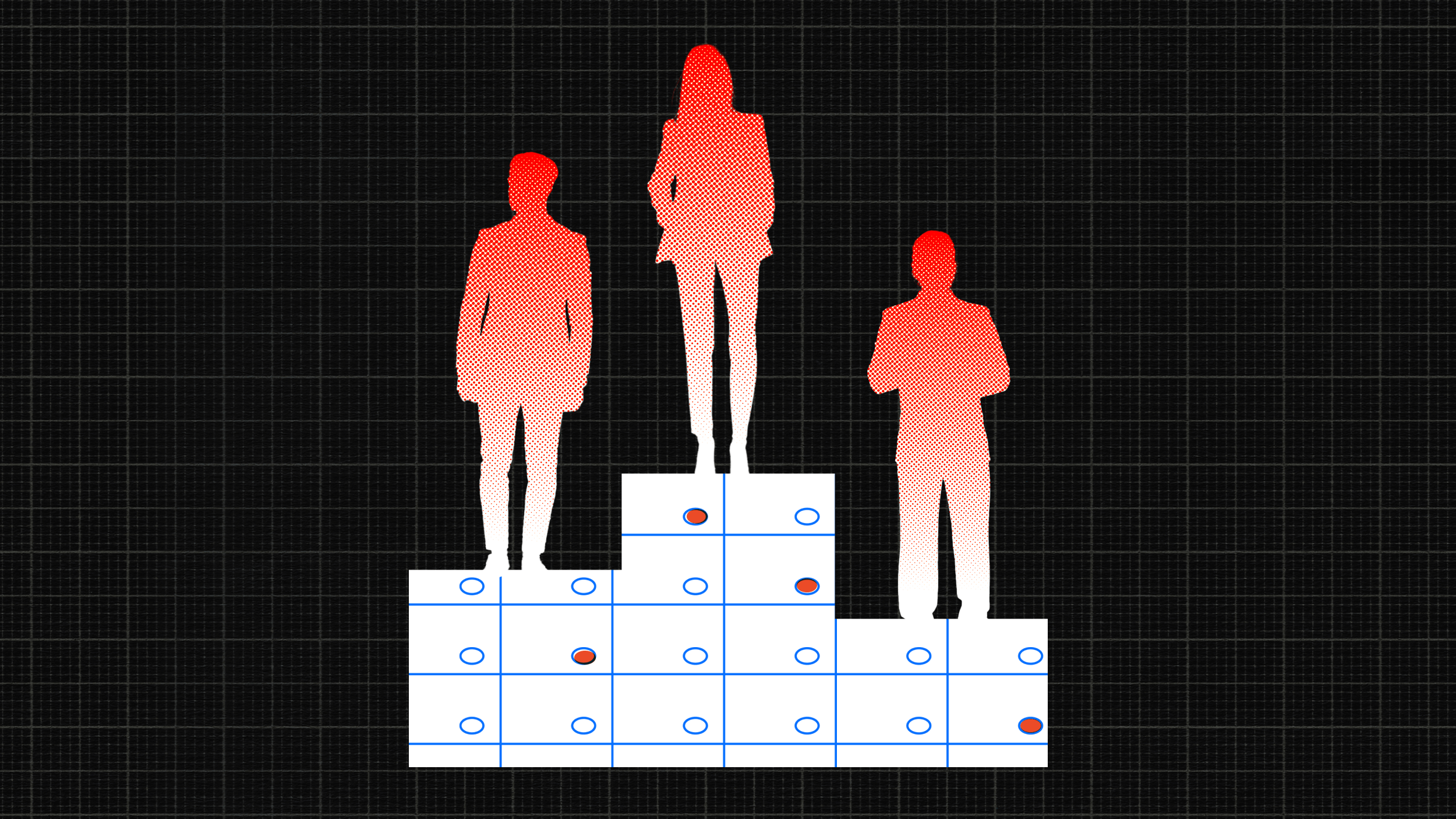It all grew out of “Attack the Front Lawn.”
Question: What is the delawning movement?
Fritz Haeg: The edible estate project is something I started in 2005 and the title of the book which just came out is “Attack on the Front Lawn.” So, it has a in Thailand subtext I suppose. From the beginning I have been really interested in using very strong words in my propaganda for the project that was provocative and in the case of Attack on the Front Lawn those words, those very strong words actually were inspired by the first sentence of Jane Jacobs book, “The Death and Life of Great American Cities” in the first sentence of that book is this book is an attack on contemporary urban planning something... but it’s a very provocative in your face for a sentence that really grabs you in, it really pulls you in to the rest of her story which has to do with rejecting the way things are going and proposing alternatives.
Question: Why are lawns environmentally unsound?
Fritz Haeg: Like you talk lawns in general my project is narrowly focused on the front lawn, because I do think there is the place for lawns, I think on my work I like to create place for diversity and create place for a lot of different ways of doing things, because I think there should room in the way we operate for a lot of possibilities, a lot of alternatives and I like to welcome all of those. I think any practice or discipline or work or architecture designer that says there is only one path, there is only one way to do things. I think already you know is flout and I think it that’s mentality that I am fighting in all of my work, really I think. So, edible estate gardens are way to welcome and encourage diversity and welcome an encourage self expression in ones private property. You will be a growing you own food in your front lawn, but maybe that just that one actual provide license for other people to think about how they are using their private property. Maybe think of using in the ways that are more in keeping what they believe in, but back to the ;lawn in particular the front lawn is this really loaded space I think. As an architect I think a lot about space and how we occupy it, how we take the land that we occupied in our cities and how we can use it in a more thoughtful way. So, the front lawn is this space that often is completely unused, which is almost entirely symbolic, which sits between our private homes and our public streets. There is obviously all these social issues wrapped up in that, what is that mean that we surround ourselves with this space that we don’t occupy that’s this mode or this buffer between us in our communities numebr 1. Number 2 it is this space that depending on where we live, what climate we are in, we dump a fair amount of fresh water on it that then it is immediately polluted by the chemicals that we put in it which washes into our water supply and then there is this active weekly mowing which pollutes the air very effectively, even more effectively than a car does. So, we are looking at a polluting resource wasting socially alienating space. Its ridicules, really when you think of it, if you list all of the properties of this particular space, especially of the front lawn, you just realize its how ridiculous this space is that even really inhered that we keep pending down generation to the next out of habit really and its only really been so thoroughly embedded in our practice of occupying space for the last 50 or 60 years, so hasn’t been that long and if you look back to before the 40s or 50s before the suburban boom and before the mass housing construction, we where not so manacle about the way we groomed our property or the way we landscaped and actually before that we had pretty broad movement of victory gardens during the wars that were strongly encourage by the federal government with so many of the farmers of toward there was a real concerted effort to have Americans grow some of their own food on their own property, but as soon as the war ended that movement dry up almost immediately. So, that whole tradition and knowledge base of growing food in any particular region that was handed down generation to the next, was last...
Recorded On: 3/10/08





